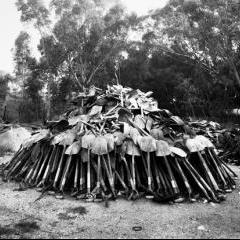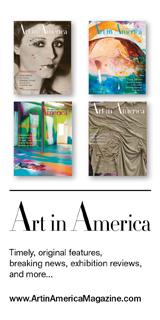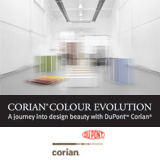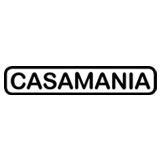At the Pompidou, Jeremy Harding
News from the Web
‘The South African labour market,’ Charles van Onselen writes in New Nineveh, ‘has always been dominated by … mining, agriculture and domestic service.’ Van Onselen’s two-volume history of ‘everyday life in the Witwatersrand’, a long ridge on the Highveld, explores the period from the mid-1880s when the discovery of gold propelled South Africa through a European-style industrial revolution compressed into twenty years. David Goldblatt (b.1930) began taking photographs in the gold-mining areas in his teens. Many of them, and the ones that followed, tell the story of South Africa’s labouring classes, predominantly black, in a world shaped by race laws and extractive industry. Others record the varying circumstances of Afrikaners, rich or poor, with or without pretensions to a ‘European’ lifestyle in the era of apartheid. This tremendous body of work is now on view at the Pompidou Centre (until 13 May). The show also includes more recent studies under the heading ‘structures of domination and democracy’: anything from wooden garbage-collectors’ carts and bleak miners’ hostels to churches and public monuments, built during and after apartheid.
Goldblatt was born in the mining town of Randfontein in the Witwatersrand to left-wing Lithuanian Jewish parents; his mother was a typist and his father kept a men’s outfitting store. They lived in a landscape sculpted by mining and populated by miners. He remembers looking on with other children ‘as a team of twenty men moving as one, swung a steel railway line off the ground, into the air, caught it on their shoulders and then walked it, chanting, to its place’. By the time he turned to photography for a living in the 1960s, Johannesburg, the gold rush capital, had more than two million inhabitants; at least a quarter of a million black labourers and perhaps thirty thousand whites were employed in the mines, and South Africa was producing nearly half the world’s gold. On the Rand, however, the industry had peaked.
On his early forays with a camera in the 1940s, Goldblatt had photographed miners, mine dumps and infrastructure to haunting effect. Even as the mines on the Rand were running down, he continued photographing workers on the job. Several of the photographs in the show, taken between 1945 and 1972, record feats of strength and endurance: a team of mine workers hauling on a rope at the minehead; a group of shaft-sinkers huddling on the platform of a cylindrical cutting rig as it is lowered, dislodging rock from the freshly cut side wall. But he was also fascinated by encroaching ruin. In 1966 he shot an apocalyptic view of a tailings dump glowing in the sunlight. (Tailings are the useless matter separated from valuable ore.) The dump, a man-made hill of waste, resembles a volcano hours after an eruption, with incandescent lava flowing evenly down one flank. In the foreground is the archaeological evidence of a rush to unimaginable riches: a huge, disused mill-chase in brick and sandstone blocks. In the middle ground is a tailings wheel, the size of a Ferris wheel, that once turned at all hours, dredging off waste as indigenous miners and migrants from elsewhere in southern Africa burrowed and died for ore.























